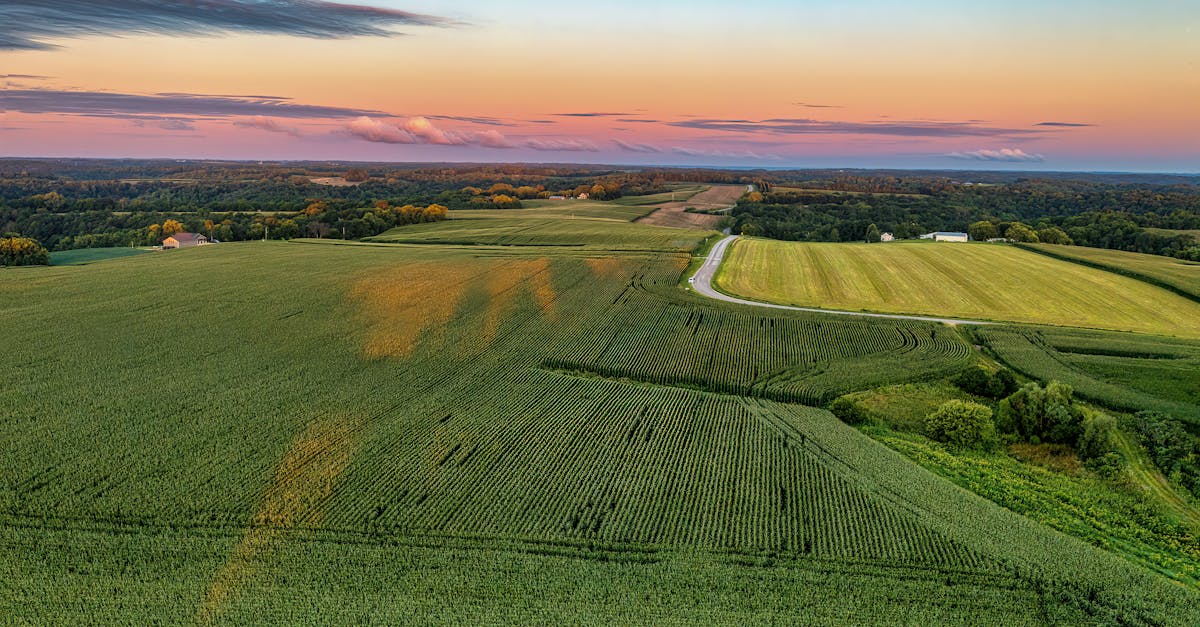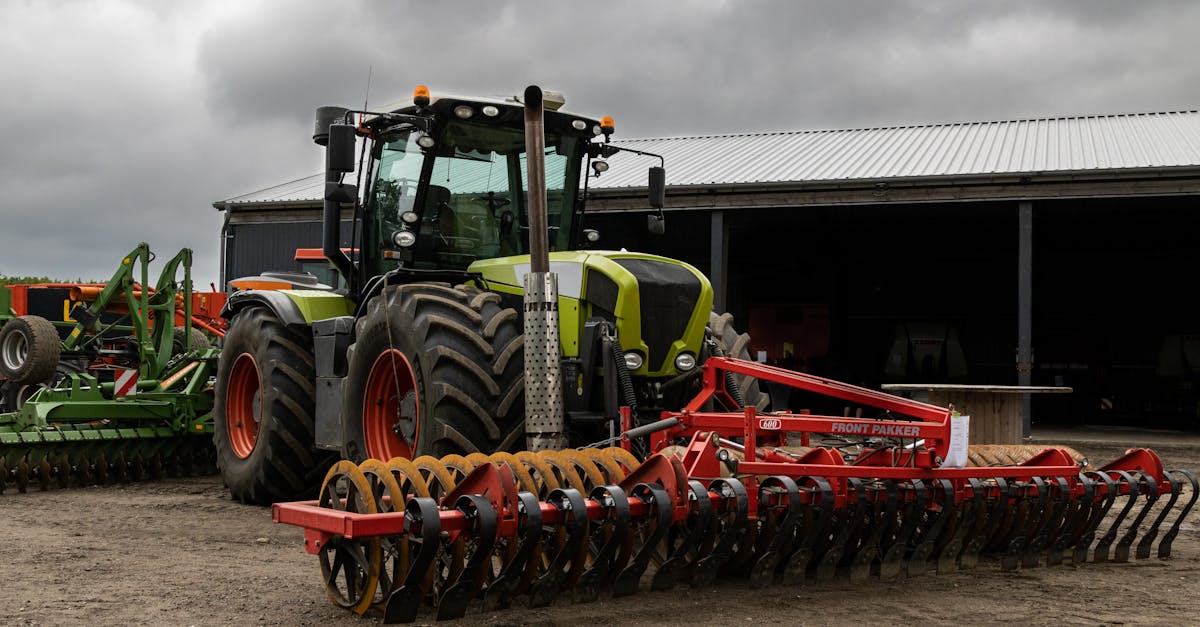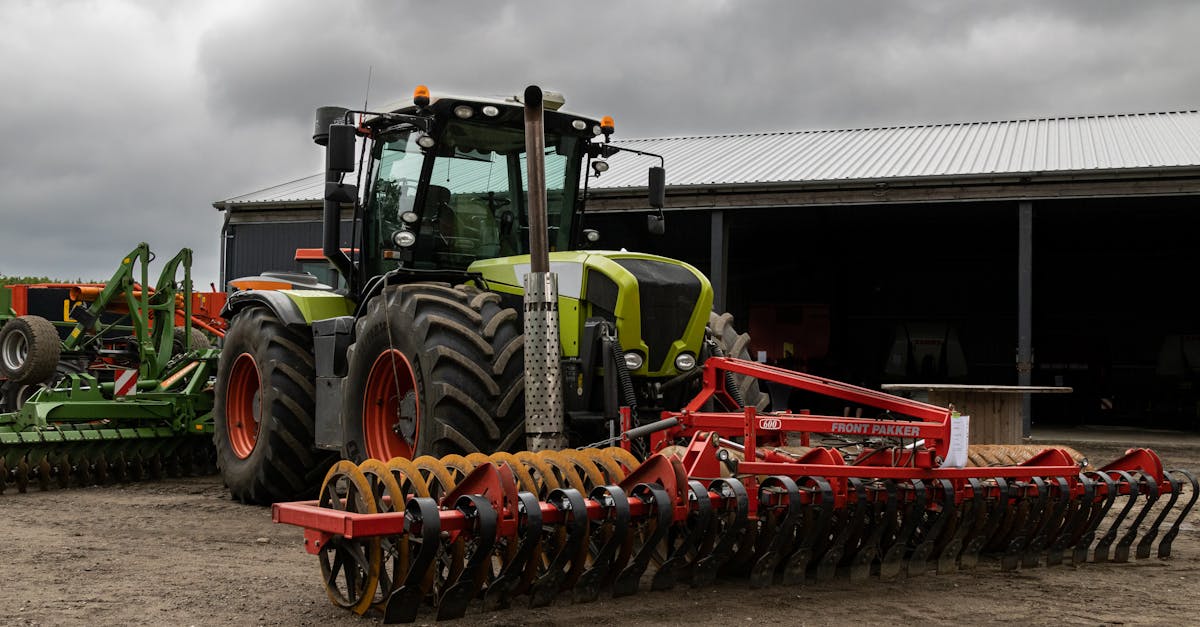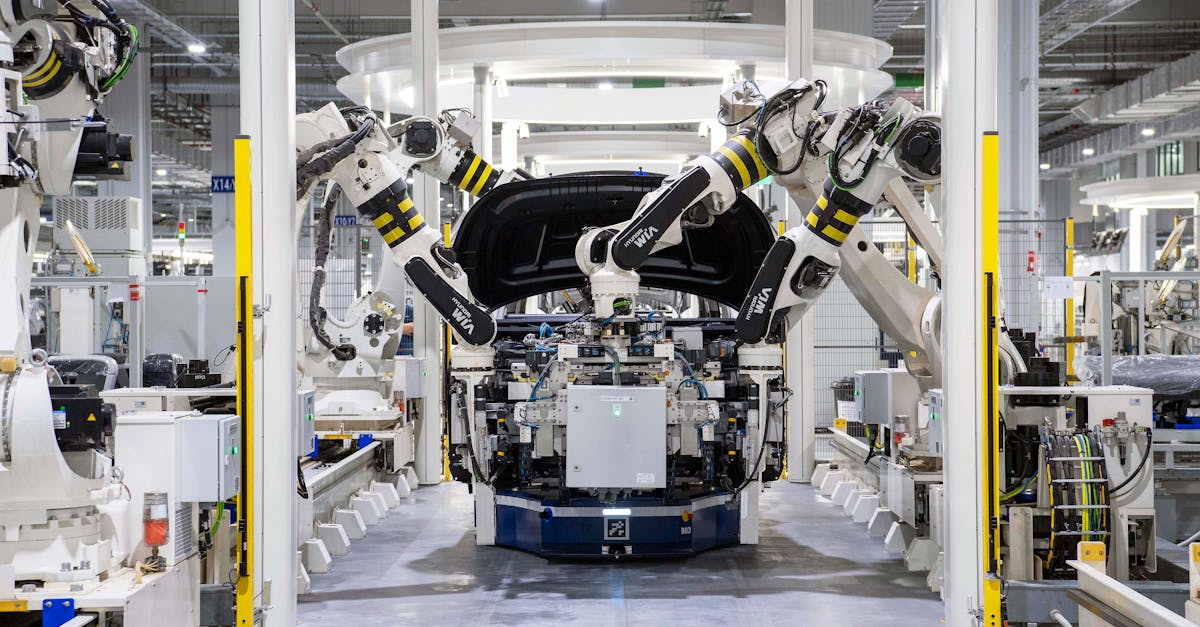Smart Farming Machines AI and Robotics in Agriculture 4.0
Introduction
As global populations rise and environmental concerns mount, the agriculture sector faces mounting pressure to become more sustainable and efficient. Enter smart farming machines, where artificial intelligence (AI) and robotics catalyze a revolution dubbed Agriculture 4.0. This transformation is characterized by high-tech innovations that revolutionize the traditional farming practices of yesteryears. Integrating these cutting-edge technologies promises increased productivity, reduced environmental impact, and optimized resource use, heralding a new era for farmers worldwide. Let's delve into how AI and robotics are reshaping agriculture, paving the way for sustainable farming practices. The marriage of technology and agriculture is not just futuristic; it is becoming the new norm.
Advertisement
The Core of Agriculture 4.0
Agriculture 4.0 represents a paradigm shift that leverages precision farming, data analytics, and intelligent machinery to optimize crop production. Farmers can enhance their decision-making processes by incorporating AI-driven solutions with real-time insights into crop health, soil conditions, and even pest tendencies. AI algorithms analyze massive datasets to predict weather patterns, aiding farmers in better planning their sowing and harvesting schedules. Furthermore, this new approach reduces waste, maximizes output, and addresses labor shortages with increased automation. It’s not just about producing more but producing smarter, sustainably aligning with global agricultural goals.
Advertisement
AI-Powered Drones for Monitoring and Maintenance
Aerial drones equipped with AI technology are a game-changer in modern agriculture, offering a bird's-eye view of expansive farmland. These drones can identify issues such as water stress, pest infestations, or fungal growth long before they're visible to human eyes. Through advanced imaging technology and machine learning algorithms, drones process visual information to provide farmers with actionable insights. This technology permits timely interventions, minimizing crop losses and improving yield quality. Drones have redefined crop monitoring, enabling farmers to adopt a more proactive approach to maintenance and care.
Advertisement
Robotics in Planting and Harvesting
Robotic systems have also permeated the very essence of farming, simplifying tasks like planting and harvesting. Robots equipped with AI can navigate fields with precision, planting seeds at optimal depth and spacing. Harvesting robots use image processing to identify ripeness, ensuring that only mature crops are collected. This automation reduces manual labor, accelerates production cycles, and allows farmers to allocate resources more effectively. Robotics in agriculture represents a shift towards scalable, efficient farming practices that significantly reduce human toil.
Advertisement
IoT and Smart Sensors in Data-Driven Farming
Internet of Things (IoT) and smart sensors play a pivotal role in data-driven agriculture, collecting vast amounts of data from the field. Sensors measure variables like soil moisture, temperature, and pH levels, transmitting this data to farmers through cloud networks. AI processes this data to generate detailed real-time analytics, helping farmers make informed decisions about irrigation, fertilization, and crop protection. These technologies bring an unprecedented level of precision and personalization to farming, enhancing yield quality while conserving valuable resources.
Advertisement
Automating Livestock Management with AI
Beyond crop cultivation, AI is also revolutionizing livestock management. AI-based applications monitor animal health, analyze feeding patterns, and predict potential illnesses before they manifest visibly. Smart collars and e-tags equipped with GPS track the movement of livestock, ensuring optimal grazing and identifying sick or injured animals. Automated feeders and milking machines synchronize with AI systems to ensure proper nourishment and milking schedules, preventing wastage and promoting animal welfare. This integration into livestock management ensures healthier herds, increased productivity, and reduced veterinary costs.
Advertisement
Challenges and Considerations
Despite the myriad advantages, smart farming encounters several challenges, including high initial setup costs and the need for reliable internet connectivity in rural areas. Additionally, farmers require training to adapt to and efficiently use these advanced technologies. Privacy concerns over data collection also loom, as farmers must trust that their information is securely stored and ethically utilized. Overcoming these hurdles requires strategic investments, collaborations, and policy support to ensure these technologies' wide-scale adoption.
Advertisement
Environmental Benefits and Sustainability
By minimizing chemical use and optimizing resource allocation, AI and robotics contribute significantly to environmental sustainability in agriculture. Precision farming reduces water and pesticide overuse, lowering pollution levels in surrounding areas. Intelligent crop rotation and soil management practices further enhance biodiversity and soil health. This approach not only meets current productivity norms but ensures farmland remains viable for future generations. As climate concerns grow, AI-integrated agriculture provides scalable solutions to preserve natural resources and mitigate farming's environmental impact.
Advertisement
Future of Agriculture with AI and Robotics
The future of agriculture looks promising with the continued integration of AI and robotics. Personalized farming methods could become the norm, with AI customizing solutions to individual farm environments and conditions. Continuous innovations might lead to new farming paradigms, such as vertical farming and lab-grown crops. The widespread adoption of these technologies promises farms that are more adaptive, efficient, and resilient to climate change. As technology progresses, the gap between traditional and modern agriculture will shrink, leading to a more sustainable and bountiful agricultural future for all.
Advertisement
Conclusion
Smart farming machines empowered by AI and robotics symbolize a new future in agriculture. The transformation heralds sustainable farming, increased efficiency, and improved productivity while addressing environmental concerns. With current trends, smart farming is not just an option but a necessity as agriculture faces global challenges. Continued advancements and collaborations in tech and agriculture can forge a robust path to sustainable and productive farming practices. The dawn of Agriculture 4.0 reflects a shift toward a more innovative, automated, and environmentally conscious world of farming.
Advertisement





